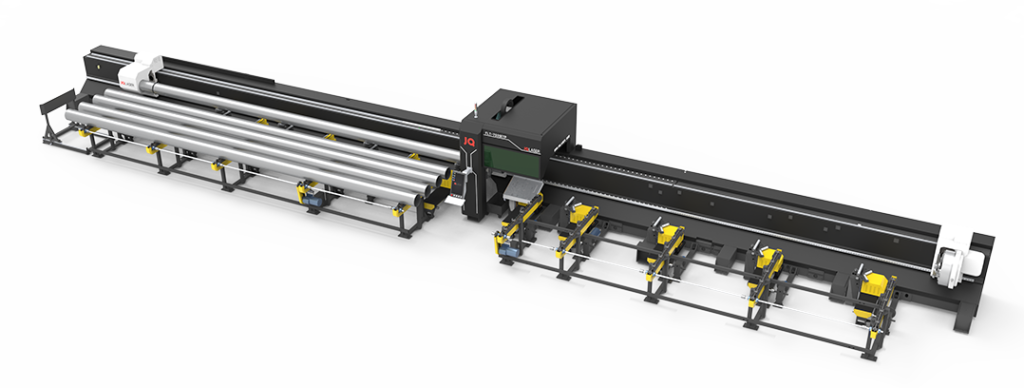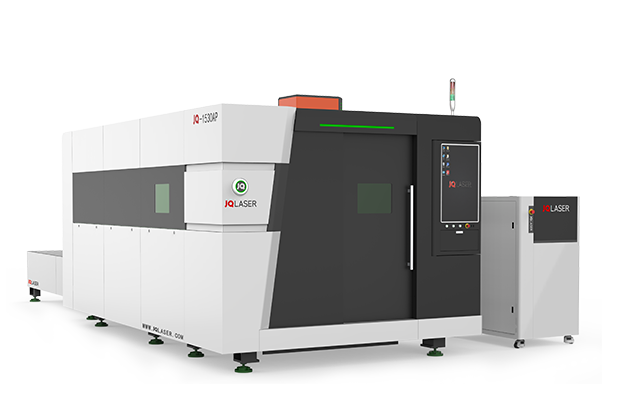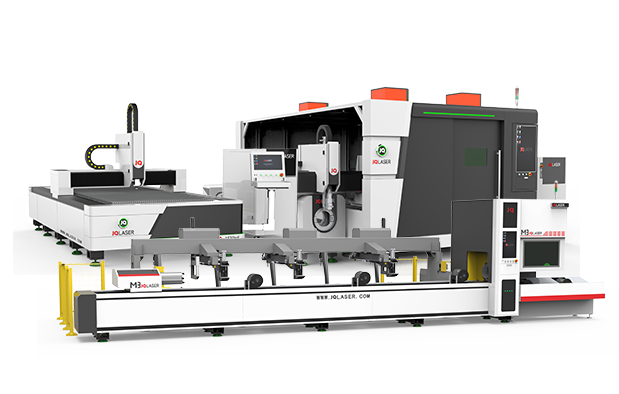Introduction
Tube beam laser cutting is one of the most versatile and efficient methods of cutting materials in today’s industrial world. If you’re looking to improve your skills in this area, there are a few basics to know. In this guide, we’ll cover the basics of tube beam laser cutting, including the different types of materials that can be cut, the safety measures to keep in mind, and the best practices for achieving high-quality cuts. We’ll also discuss tips and tricks to help you develop your skills and get the most out of your laser cutting machine. By the time you’re done, you’ll have a better understanding of how to use a laser cutter and be able to produce high-quality cuts with ease.
What You Need to Know Before Starting Your Tube Beam Laser Cutting Journey
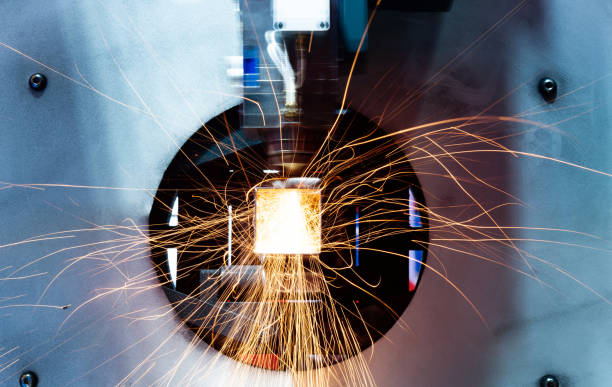
Before embarking on a journey of tube beam laser cutting, it is important to be aware of the risks associated with this process. Tube beam laser cutting is a powerful and precise process that is used to cut materials with the help of a laser beam. The process involves focusing a high-powered laser beam onto the material, which is then heated and cut to the desired shape.
When using tube beam laser cutting, it is essential to understand the safety protocols and procedures that must be followed. This includes protective gear such as safety glasses, gloves, and a face shield, as well as proper ventilation of the work area. Additionally, it is important to understand the hazards associated with the process, such as the risk of fire, explosion, radiation, and toxic fumes. It is also important to be aware of the potential for injury, as the laser beam is extremely powerful and can cause serious damage to the eyes and skin.
It is also important to be familiar with the different types of laser cutting machines and the settings that are available on them. Different settings can affect the quality of the cut, the speed of the cut, and the accuracy of the cut. Additionally, different materials will require different settings in order to achieve the desired results.
Finally, it is important to be aware of the different materials that can be cut with a tube beam laser. Different materials will require different settings to achieve the desired results. It is also important to be aware of the different techniques that can be used when cutting with a tube beam laser, such as marking, engraving, and drilling.
Understanding the Different Types of Tube Beam Lasers and Their Capabilities
Tube Beam lasers are one of the most powerful and versatile lasers available on the market today. They are used in a variety of industries, ranging from medical and dental to industrial and scientific applications. Depending on the type of laser, they can be used to cut, engrave, weld, and even mark various materials. Understanding the different types of tube beam lasers and their capabilities will help you make an informed decision when purchasing one for your own needs.
The most common type of tube beam laser is the CO2 laser. This type of laser is extremely powerful and is capable of cutting through thick materials such as metals, plastics, and even wood. It is also capable of delicate engraving and marking and has a long life span.
The second type of tube beam laser is the Fiber Laser. This type of laser is much smaller than the CO2 laser and is used primarily for marking and engraving. It is extremely precise and can be used to mark a variety of materials, including metals, plastics, and even glass.
The third type of tube beam laser is the Excimer Laser. This type of laser is used primarily for medical applications and is used to treat certain skin conditions and diseases. It is also capable of precise cutting and engraving, though it is not as powerful as the CO2 or Fiber lasers.
Each type of tube beam laser has different capabilities and can be used in a variety of applications. However, they all have one thing in common: they are incredibly powerful and versatile tools, capable of cutting, engraving, and marking with precision. When choosing a tube beam laser, consider the type of application you will be using it for and select the laser that best suits your needs.
Tips and Tricks for Optimizing Your Tube Beam Laser Cutting Process
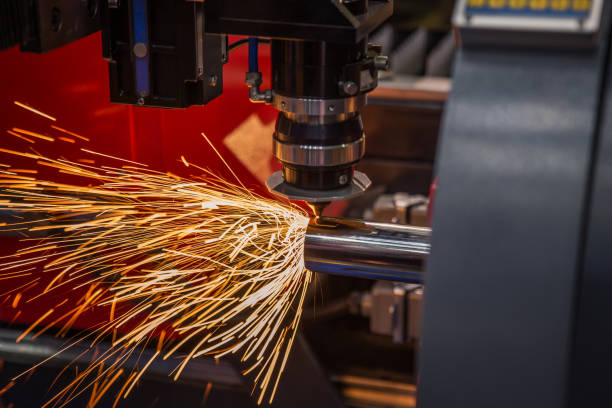
1. Ensure Proper Alignment of the Laser Beam: The laser beam must be correctly aligned and focused to ensure accurate and precise cutting. This is done by adjusting the mirrors and lens of the laser system.
- Use the Right Aperture for the Job: The aperture of the laser determines the beam diameter. The size of the beam should be adjusted according to the size of the material being cut. A small aperture is best for intricate cutting and a larger aperture is better for cutting thick materials.
- Select the Appropriate Power Level: Selecting the right power level is essential for optimal cutting results. Too low a power level will result in slow cutting and too high a power level can cause damage to the material.
- Adjust the Feed Rate: The feed rate is the speed at which the laser beam moves along the cutting path and should be adjusted according to the material being cut. A slower feed rate is recommended for cutting thick materials and a higher feed rate is best for cutting thin materials.
- Monitor the Laser Beam Intensity: The laser beam intensity should be monitored to ensure that it is not too high or too low. Too low an intensity can result in poor quality cuts, while too high an intensity can cause damage to the material.
- Clean the Optics Regularly: Regularly cleaning the optics of the laser system is important to ensure optimal performance. Contaminants on the optics can reduce the laser beam intensity, resulting in poor quality cuts.
- Use the Right Gas Mix: The gas mix used in the cutting process is important for optimal performance. Different materials require different gas mixes to ensure the best results.
- Adjust the Focal Length: Adjusting the focal length of the laser beam can help to optimize the cutting process. A longer focal length is best for cutting thick materials, while a shorter focal length is better for cutting thin materials.
- Use the Right Nozzle: Using the right nozzle is also important for optimal cutting performance. A wider nozzle is best for cutting thick materials and a narrower nozzle is better for cutting thin materials.
- Ensure Proper Ventilation: Proper ventilation is essential to ensure that the laser system is able to dissipate heat properly and prevent any damage from occurring.Working With Different Materials: What You Need to KnowWorking with different materials can be an enjoyable and rewarding experience, but it is important to understand the different properties and characteristics of each material before starting a project. This guide will provide an overview of the most commonly used materials, as well as some tips for working with them.
Enhancing the Precision of Your Tube Beam Laser Cuts
Precision is an essential requirement for any laser cutting job, and when it comes to tube beam lasers, there are some additional steps that can be taken to ensure high levels of accuracy. With the right techniques and processes, it is possible to achieve great levels of precision with tube beam laser cutting.
First and foremost, it is important to ensure that the laser cutting machine is set up correctly. This includes verifying the laser’s alignment, calibrating the optics, and ensuring that the beam path is free of obstructions. Additionally, it is important to check that the laser is properly focused and the beam diameter is the correct size for the material being cut.
The next step is to ensure that the cutting parameters are optimized for the job at hand. This includes setting the appropriate laser power, feed rate, and focal point. Adjusting these parameters can significantly improve the cut quality and precision. Additionally, it is important to select the right cutting gas. The gas used should be tailored to the material being cut and the type of cut being made.
The final step is to choose the right nozzle design and size. Different nozzle designs can help reduce the heat affected zone and improve the precision of the cut. Additionally, the size of the nozzle should be carefully chosen to ensure that it is the correct size for the material being cut.
Troubleshooting Common Issues when Working with Tube Beam Lasers
The most common issue with tube beam lasers is a decrease in power output. This can be caused by several factors, such as a weak or damaged power supply, a loose connection, or a faulty tube. To check for a weak power supply, test the power supply’s output voltage with a multimeter. If the voltage is too low, the power supply may need to be replaced. To check for a loose connection, inspect all of the connections on the laser tube and tighten any loose screws. Lastly, if the tube itself is faulty, it may need to be replaced.
Another potential issue that could occur when working with laser tubes is a misalignment of the beam. This can be caused by a number of factors, such as a faulty mirror, uneven mounting of the tube, or a bent tube. To troubleshoot this issue, carefully inspect the mirror for any damage. If it is damaged, it may need to be replaced. Additionally, check to make sure the tube is mounted evenly and that the tube is not bent or warped.
Finally, it is possible for the laser tube to overheat. This can be caused by a number of issues, such as a faulty power supply, a malfunctioning cooling system, or a blocked cooling fan. To check for a faulty power supply, test the power supply’s output voltage with a multimeter. If the voltage is too high, the power supply may need to be replaced. To check for a malfunctioning cooling system, inspect the cooling system and make sure it is functioning properly. Finally, to check for a blocked cooling fan, inspect the fan and make sure it is not obstructed.
Conclusion
Improving your tube beam laser cutting skills is an essential part of being a professional tube laser cutter. By taking the time to understand the basics of laser cutting and its various parameters, you will be able to produce more accurate and consistent results with each cut. Additionally, understanding the effects of various settings and materials on the laser cutting process will help you become more efficient and effective. With a little practice and dedication, you will soon become an expert at tube beam laser cutting.


